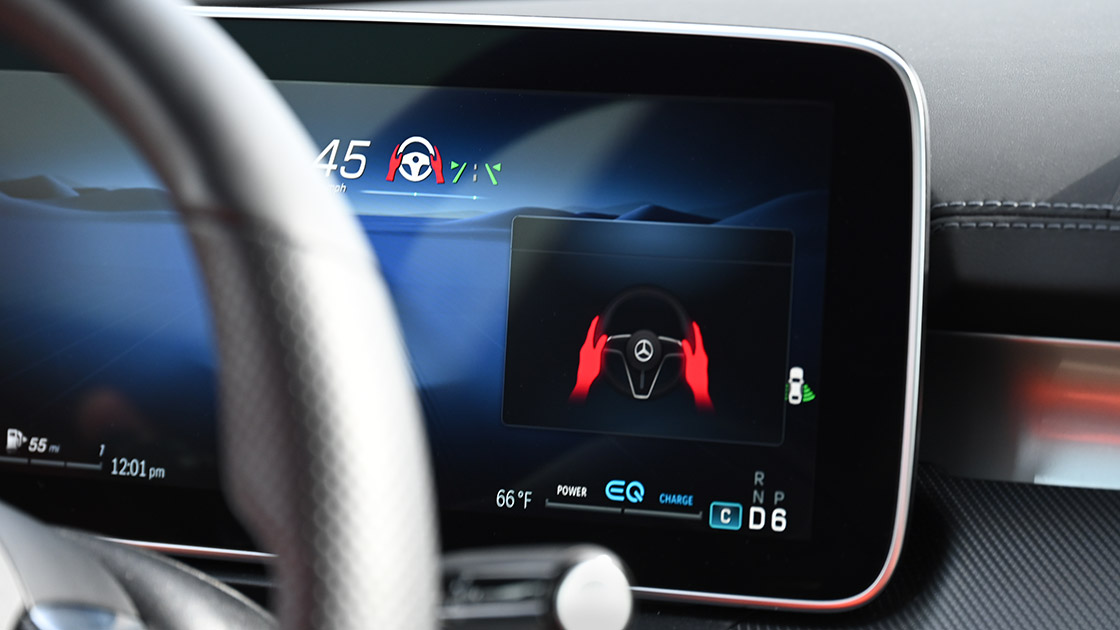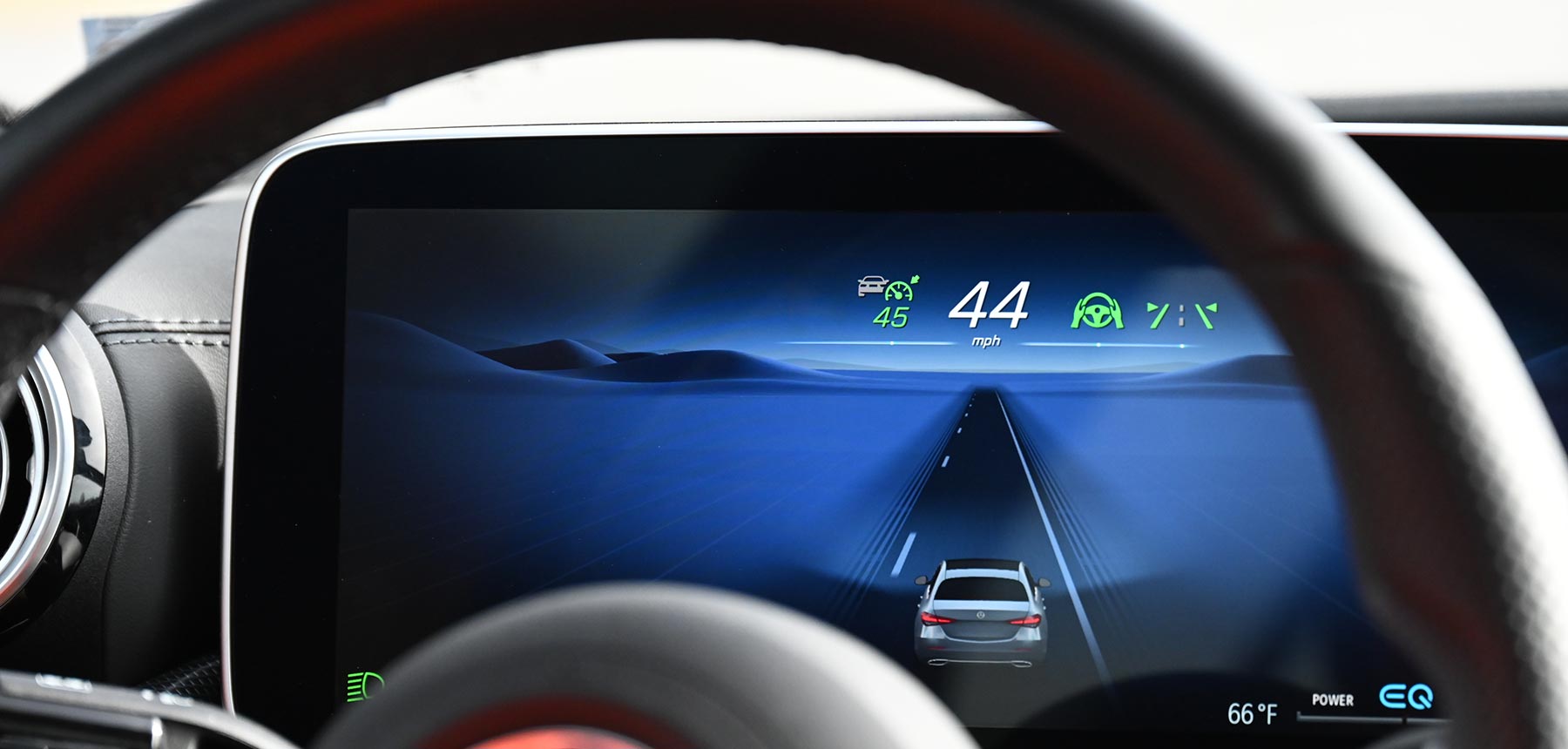The organization also rated hands-free highway driving systems from Ford and Nissan as “poor.” General Motors’ hands-free system, Super Cruise, was rated as “marginal.” Only Lexus’s Teammate with Advanced Drive system received a rating of “acceptable.” Even that rating, though, is still one step below the Insurance Institute’s highest possible rating of good.
“Some drivers may feel that partial automation makes long drives easier, but there is little evidence it makes driving safer,” Insurance Institute president David Harkey said in a statement. “As many high-profile crashes have illustrated, it can introduce new risks when systems lack appropriate safeguards.”
Story here: https://www.cnn.com/2024/03/11/cars/insurance-group-rates-tesla-autopilot-safety/index.html
“Some drivers may feel that partial automation makes long drives easier, but there is little evidence it makes driving safer,” Insurance Institute president David Harkey said in a statement. “As many high-profile crashes have illustrated, it can introduce new risks when systems lack appropriate safeguards.”
Story here: https://www.cnn.com/2024/03/11/cars/insurance-group-rates-tesla-autopilot-safety/index.html
Last edited:




